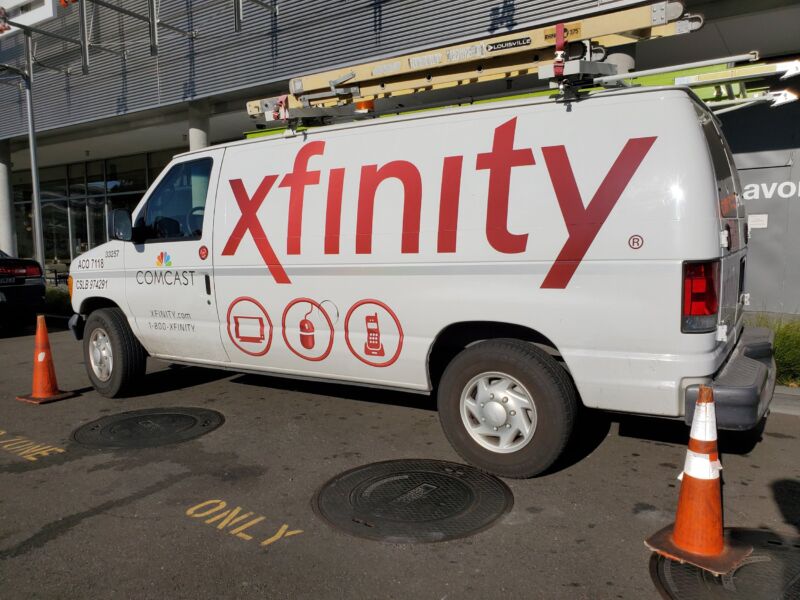
Comcast waited 13 days to patch its network against a high-severity vulnerability, a lapse that allowed hackers to make off with password data and other sensitive information belonging to 36 million Xfinity customers.
The breach, which was carried out by exploiting a vulnerability in network hardware sold by Citrix, gave hackers access to usernames and cryptographically hashed passwords for 35.9 million Xfinity customers, the cable TV and Internet provider said in a notification filed Monday with the Maine attorney general’s office. Citrix disclosed the vulnerability and issued a patch on October 10. Eight days later, researchers reported that the vulnerability, tracked as CVE-2023-4966 and by the name Citrix Bleed, had been under active exploitation since August. Comcast didn’t patch its network until October 23, 13 days after a patch became available and five days after the report of the in-the-wild attacks exploiting it.
“However, we subsequently discovered that prior to mitigation, between October 16 and October 19, 2023, there was unauthorized access to some of our internal systems that we concluded was a result of this vulnerability,” an accompanying notice stated. “We notified federal law enforcement and conducted an investigation into the nature and scope of the incident. On November 16, 2023, it was determined that information was likely acquired.”
Comcast is still investigating precisely what data the attackers obtained. So far, Monday’s disclosure said, information known to have been taken includes usernames and hashed passwords, names, contact information, the last four digits of social security numbers, dates of birth, and/or secret questions and answers. Xfinity is Comcast’s cable television and Internet division.
Citrix Bleed has emerged as one of the year’s most severe and widely exploited vulnerabilities, with a severity rating of 9.4 out of 10. The vulnerability, residing in Citrix’s NetScaler Application Delivery Controller and NetScaler Gateway, can be exploited without any authentication or privileges on affected networks. Exploits disclose session tokens, which the hardware assigns to devices that have already successfully provided login credentials. Possession of the tokens allows hackers to override any multi-factor authentication in use and log into the device.
Other companies that have been hacked through Citrix Bleed include Boeing; Toyota; DP World Australia, a branch of the Dubai-based logistics company DP World; Industrial and Commercial Bank of China; and law firm Allen & Overy.
The name Citrix Bleed is an allusion to Heartbleed, a different critical information disclosure zero-day that turned the Internet on its head in 2014. That vulnerability, which resided in the OpenSSL code library, came under mass exploitation and allowed the pilfering of passwords, encryption keys, banking credentials, and all kinds of other sensitive information. Citrix Bleed hasn’t been as dire because fewer vulnerable devices are in use.
A sweep of the most active ransomware sites didn’t turn up any claims of responsibility for the hack of the Comcast network. An Xfinity representative said in an email that the company has yet to receive any ransom demands, and investigators aren’t aware of any customer data being leaked or of any attacks on affected customers.
Comcast is requiring Xfinity customers to reset their passwords to protect against the possibility that attackers can crack the stolen hashes. The company is also encouraging customers to enable two-factor authentication. The representative declined to say why company admins didn’t patch sooner.
